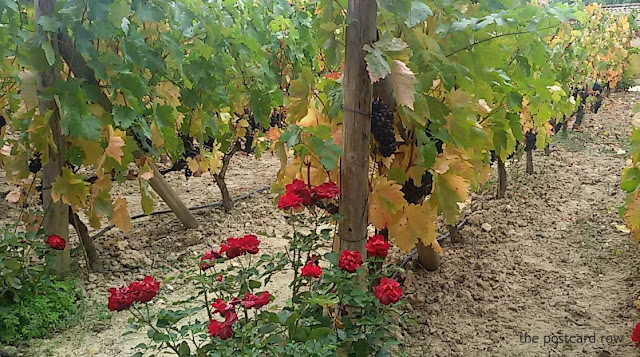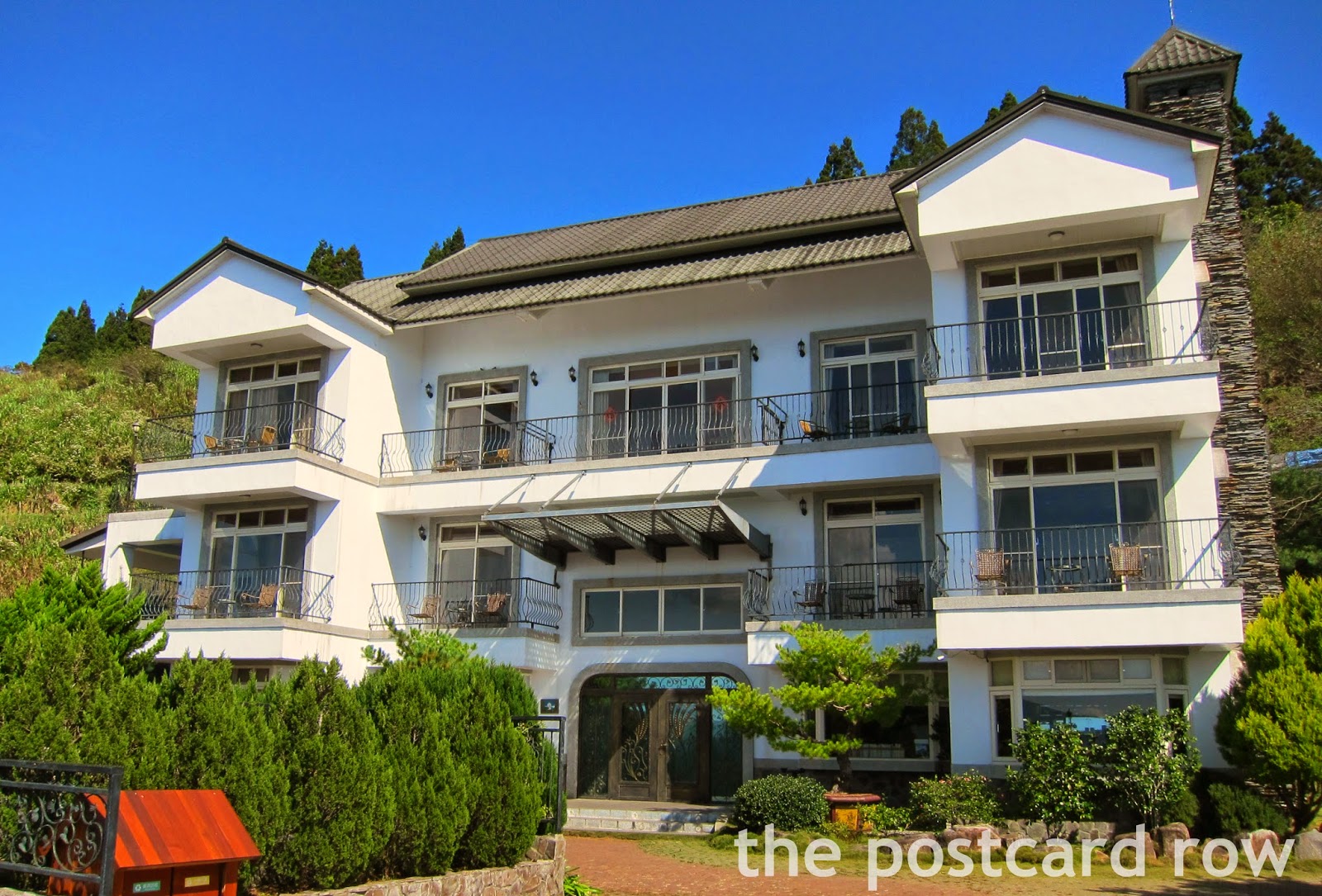Camino Ignaciano: Marques de Riscal (Day 6)
Day 6: Marques de Riscal (Free day!)
We were all waiting for the much-anticipated and only free day in this trip. Oh how we longed to just lounge around and sit all day!
 |
| The grapevines of Marques de Riscal |
The hotel onsite is a luxury hotel, designed by contemporary architect Frank Gehry, who also designed the Guggenheim Museum in Bilbao. The design is inspired by the vines -- the violet for the grapes and the wavy structures for the vines.
 |
| The Marques de Riscal Hotel designed by Frank Gehry -- quite a contemporary design. You either love it or hate it! |
We met our guide Violet and she motioned for us to get started...walking! We were to tour the compound on our feet! It's funny how our faces dropped upon hearing this and poor Violet could not understand why our response was so lackluster. LOL!
Anyway, I found the tour quite interesting. It was my first time to be in a vineyard, much less see wine production first-hand. Violet first brought us to the vineyards and gave a short lecture on the geography and the vines. Did you know that some vines lived to more than 70 years old? Apparently, these vines would produce the best type of wines, compared to younger ones. The vines looked like short and stubby bushes, and I never would have thought that they live that long, but apparently, they did.
After being picked, the grapes are gathered and stored first in a cooler. Afterwards, they would undergo a process of selection. The technology they used is amazing! It could remove the stem from the grapes (destemming) without manual handling and it could also detect "bad" grapes and separate these from the good ones.
The selected grapes were then placed into huge vats where they were left to ferment. The grape skins would float to the top of the vat, but since these are crucial to give the wine its red color, the skins need to be constantly mixed well with the juices. Here, this is done through a pump which allows the circulation of juices and a mechanized "mixing".
After some more fermentation and processing, the wine is placed in barrels and left in the cellar to age. Violet brought us to the stone cellars, which interestingly was not located underground as most cellars would be. Here, it was cool and deadly quiet. Rows of wine barrels were lined up, all waiting patiently for the day they would see light.
After some more fermentation and processing, the wine is placed in barrels and left in the cellar to age. Violet brought us to the stone cellars, which interestingly was not located underground as most cellars would be. Here, it was cool and deadly quiet. Rows of wine barrels were lined up, all waiting patiently for the day they would see light.
Back in the showroom, Violet taught us the three steps in wine-tasting. First, we had to observe the color of the wine by placing the glass in front of the back of our hands. Then we had to swirl the wine and smell its aroma. Lastly, we got to taste the wine.
I must say I was impressed! I didn't expect that the tour would be this informative, from the detailed sharing of the wine-making process to the historical facts about the vineyard itself. Good job for a vineyard!




Comments
Post a Comment